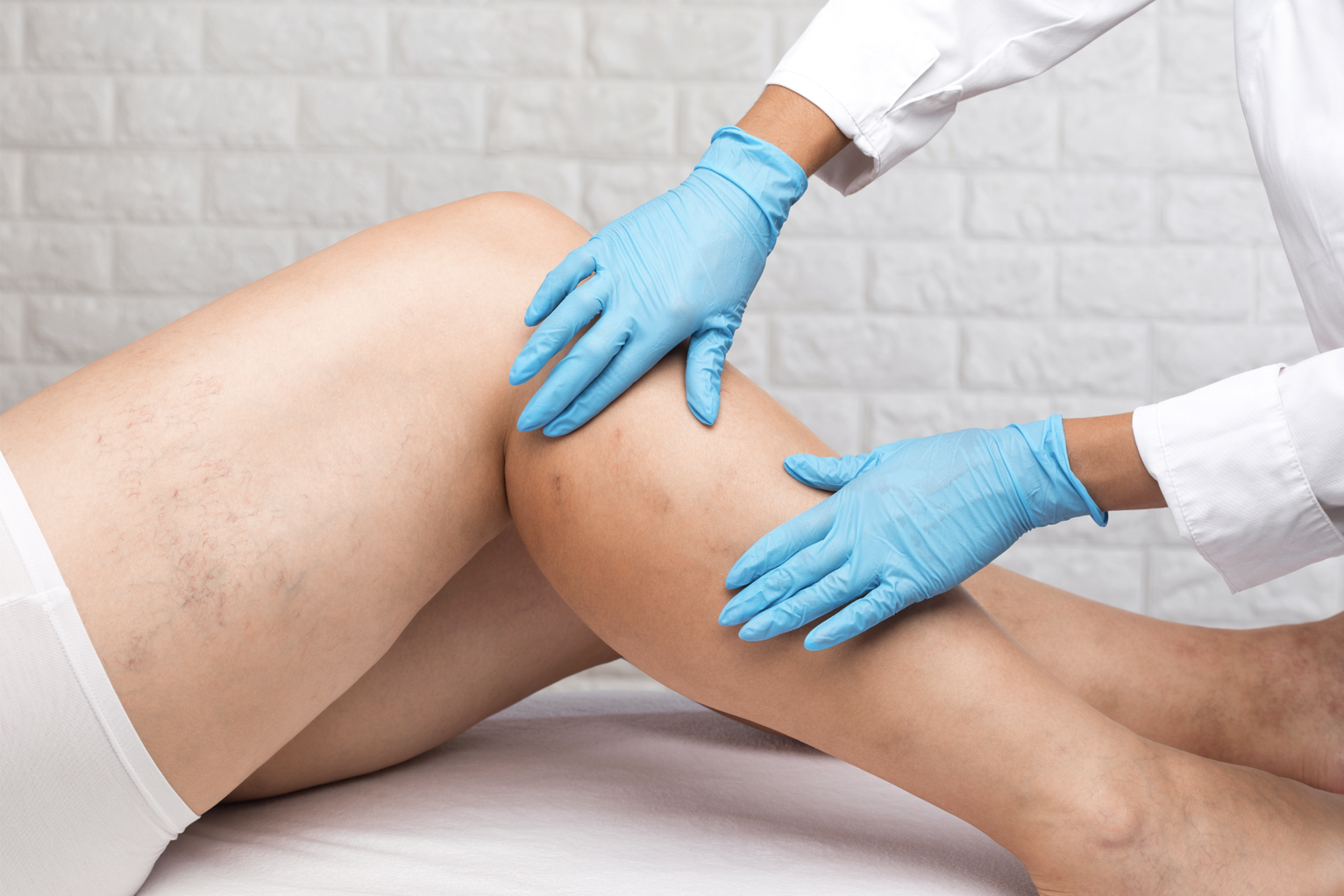Spider veins and reticulated veins can be more than just a cosmetic concern; they can cause discomfort and affect your overall well-being. Thankfully, advancements in medical technology have given rise to effective treatments like sclerotherapy, offering relief and renewed confidence to those dealing with these issues. In this comprehensive guide, we’ll explore what spider veins are, the intricacies of sclerotherapy, and what you can expect from this procedure.
What Are Spider Veins?
Spider veins, medically known as telangiectasia, are small, damaged veins that appear close to the surface of the skin. They often resemble spider webs or tree branches and are usually red, blue, or purple in color. Spider veins can occur due to various factors, including heredity, hormonal changes, pregnancy, and prolonged periods of standing or sitting.
What Is Sclerotherapy?
Sclerotherapy is a minimally invasive medical procedure used to treat spider veins and reticulated veins. It involves injecting a solution, called a sclerosant, directly into the affected veins. This solution irritates the vein walls, causing them to collapse and eventually fade away. The body then naturally reroutes blood flow to healthier veins, improving overall circulation.
How Does Sclerotherapy Work?
During a sclerotherapy session, a qualified healthcare provider will first cleanse the area to be treated. Using a fine needle, the sclerosant solution is injected directly into the affected veins. The procedure is relatively quick and usually causes minimal discomfort.
What Is a Treatment Like?
Sclerotherapy is performed in a medical office and typically does not require anesthesia. You might experience a mild tingling or cramp-like sensation when the solution is injected, but the discomfort is generally well-tolerated. Depending on the number and size of veins being treated, a session can last between 15 minutes to an hour.
Step 1: Consultation and Evaluation
Before the actual procedure, you will have an initial consultation with a healthcare provider specializing in vascular treatments. During this consultation, the provider will evaluate the extent of your vein condition and discuss your medical history, including any allergies or underlying health concerns. This evaluation is essential for determining the most suitable sclerosant solution and developing a personalized treatment plan tailored to your needs.
Step 2: Preparation and Cleansing
On the day of the procedure, you will be comfortably positioned, and the area to be treated, typically your legs, will be thoroughly cleaned and sanitized. The healthcare provider will mark the veins that need treatment. This step is crucial for ensuring precision during the injection process.
Step 3: Administration of Local Anesthesia (Optional)
Sometimes, a local anesthetic may be applied to numb the area, especially if you have a low pain threshold or if the veins being treated are particularly sensitive. While sclerotherapy is generally well-tolerated without anesthesia, this optional step can enhance your comfort during the procedure.
Step 4: Injection of the Sclerosant Solution
Using a fine needle, the healthcare provider will inject the sclerosant solution directly into the targeted veins. The sclerosant solution works by irritating the inner lining of the veins, causing them to swell and stick together. This process, known as sclerosis, collapses the veins, cutting off the blood flow. The body’s natural healing mechanisms then gradually absorb the treated veins, making them fade from view over time.
Step 5: Compression and Post-Procedure Care
After the injections, your provider may apply compression stockings or bandages to the treated area. Compression garments help to compress the treated veins, improving the efficacy of the procedure and reducing the risk of bruising. You will be encouraged to walk and move around immediately after the treatment; this aids in maintaining proper blood circulation and enhances the results.
Step 6: Follow-Up and Additional Sessions
Following the procedure, your healthcare provider will provide detailed post-procedure care instructions. This often includes wearing compression garments for a specific duration, avoiding strenuous activities for a certain period, and keeping the treated area clean and moisturized. It’s essential to attend follow-up appointments to monitor your progress. Depending on the severity of your condition and the desired results, you may require multiple sessions spaced several weeks apart to achieve optimal outcomes.
Does It Hurt?
While there might be some discomfort during the procedure, most patients report only mild pain or a burning sensation at the injection site. This discomfort is temporary and subsides shortly after the session. Discuss your options with your healthcare provider beforehand if you’re concerned about pain.
How Fast Does It Work?
Sclerotherapy results are not immediate. The treated veins will gradually fade over several weeks as the body absorbs them. You might need multiple sessions, spaced several weeks apart, to achieve the desired results. Your healthcare provider will assess your progress and recommend further sessions if necessary.
What Results Can I Expect?
Sclerotherapy is highly effective in reducing the appearance of spider veins and improving symptoms associated with venous insufficiency. After the treatment, you can expect clearer, smoother skin and a significant reduction in discomfort, such as itching, burning, and swelling. As with any medical procedure, results vary from person to person, so it’s essential to follow your healthcare provider’s instructions for optimal outcomes.
If you’re considering sclerotherapy, it’s crucial to consult a qualified healthcare professional to discuss your specific concerns and expectations. At Ascent Laser Aesthetics, our experienced team is dedicated to providing personalized and effective spider vein treatment solutions. For more information or to schedule a consultation, contact us today.
In conclusion, sclerotherapy offers a safe, non-surgical solution for spider veins and reticulated veins. This minimally invasive procedure can enhance both the aesthetic appearance of your skin and your overall quality of life by alleviating associated symptoms.
If you’re ready to regain confidence in your legs and bid farewell to discomfort, sclerotherapy might be the ideal solution for you. Reach out to a qualified healthcare provider to explore your options and embark on your journey to healthier, vein-free legs.


